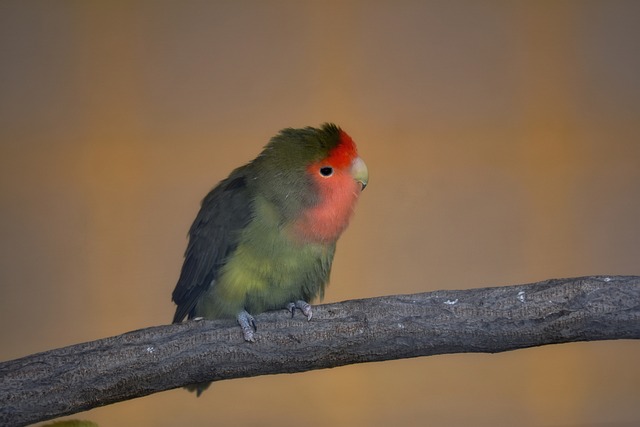Python, a versatile and high-level programming language, has been a cornerstone for various applications since its inception in 1991. Among its many uses, Python excels in data manipulation and conversion, especially when dealing with JSON (JavaScript Object Notation) data. In this guide, we delve deep into the intricacies of converting Python dictionaries to JSON and vice versa, ensuring that you have a thorough understanding of the process.
Understanding Python Dictionaries
A Python dictionary is a collection of key-value pairs enclosed within curly braces {}. Each key is unique and maps to a specific value. Unlike lists, dictionaries are unordered, meaning the sequence of items doesn't matter. Here's a simple representation:
person = {
"name": "John",
"age": 30,
"city": "New York"
}JSON Format
JSON, which stands for JavaScript Object Notation, is a lightweight data-interchange format that is easy for humans to read and write. It's also easy for machines to parse and generate. JSON is a text format that is language-independent and looks strikingly similar to Python dictionaries. Here's a basic example:
{
"name": "John",
"age": 30,
"city": "New York"
}Conversion from Dictionary to JSON
Python provides a built-in module named json that offers methods to perform conversions between dictionaries and JSON.
Using json.dumps()
The json.dumps() method converts a Python dictionary into a JSON string.
import json
person = {
"name": "John",
"age": 30,
"city": "New York"
}
json_string = json.dumps(person)
print(json_string)Formatting Options with json.dumps()
Indentation
For better readability, you can add indentation:
json_string = json.dumps(person, indent=4)
print(json_string)Sorting Keys
To sort the keys in the resulting JSON string:
json_string = json.dumps(person, sort_keys=True)
print(json_string)Custom Separators
You can also customize separators for key-value pairs:
json_string = json.dumps(person, separators=(';', '='))
print(json_string)Conversion from JSON to Dictionary
Using json.loads()
The json.loads() method converts a JSON string back into a Python dictionary.
json_string = '{"name": "John", "age": 30, "city": "New York"}'
person_dict = json.loads(json_string)
print(person_dict)Saving and Reading JSON to/from a File
To save a dictionary as a JSON file:
with open("data.json", 'w') as file:
json.dump(person, file)To read JSON data from a file and convert it to a dictionary:
with open("data.json", 'r') as file:
data = json.load(file)
print(data)Advanced JSON Operations in Python
Nested JSON Objects
JSON objects can be nested, meaning an object can contain another object or an array. Parsing nested JSON objects requires a more detailed approach.
nested_json = {
"name": "John",
"age": 30,
"address": {
"street": "123 Main St",
"city": "New York"
}
}To access the street, you'd use: nested_json["address"]["street"].
Handling JSON Arrays
JSON arrays are ordered lists and can be parsed in Python as lists.
json_array = '["apple", "banana", "cherry"]'
python_list = json.loads(json_array)
print(python_list[0]) # Outputs: appleConclusion
Python dictionaries and JSON objects share a lot of similarities, making the conversion between the two straightforward with the json module. Whether you're dealing with data interchange between systems or simply storing configuration data, understanding this conversion is crucial.
Frequently Asked Questions
1. How similar are Python dictionaries and JSON?
Python dictionaries and JSON objects are structurally similar, making them interchangeable for many applications. However, while dictionaries are native to Python, JSON is a language-independent data format.
2. Which method converts a Python dictionary to a JSON string?
The json.dumps() method is used for this purpose.
3. How is a dictionary represented in JSON?
In JSON, dictionaries are represented as objects with key-value pairs, enclosed within curly braces {}.
4. How can you convert a dictionary to a JSON string with indentation?
Using the indent parameter in the json.dumps() method allows for added indentation.


